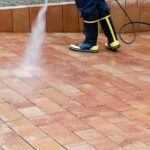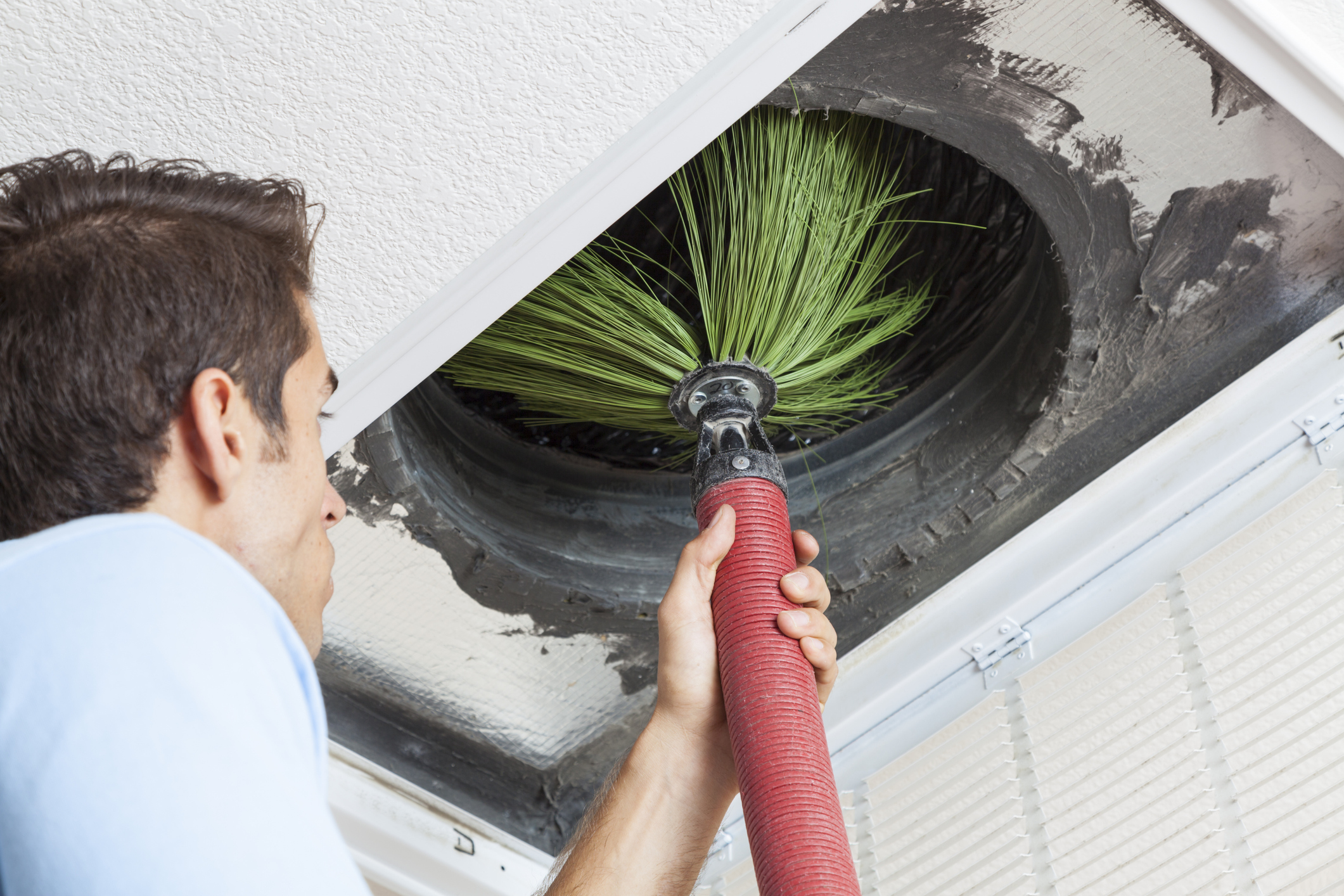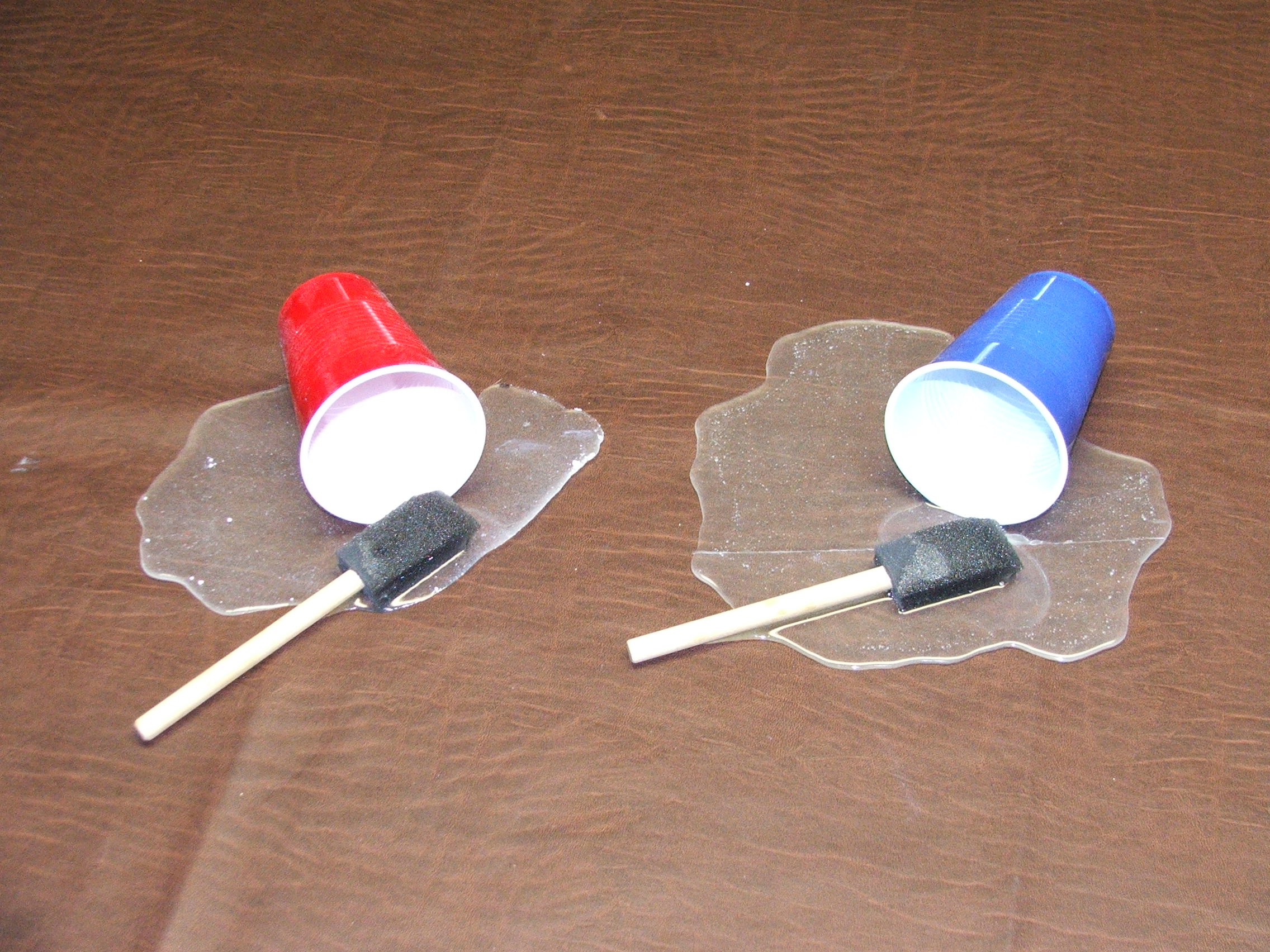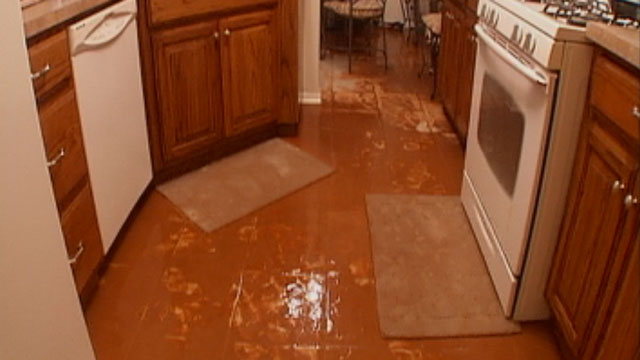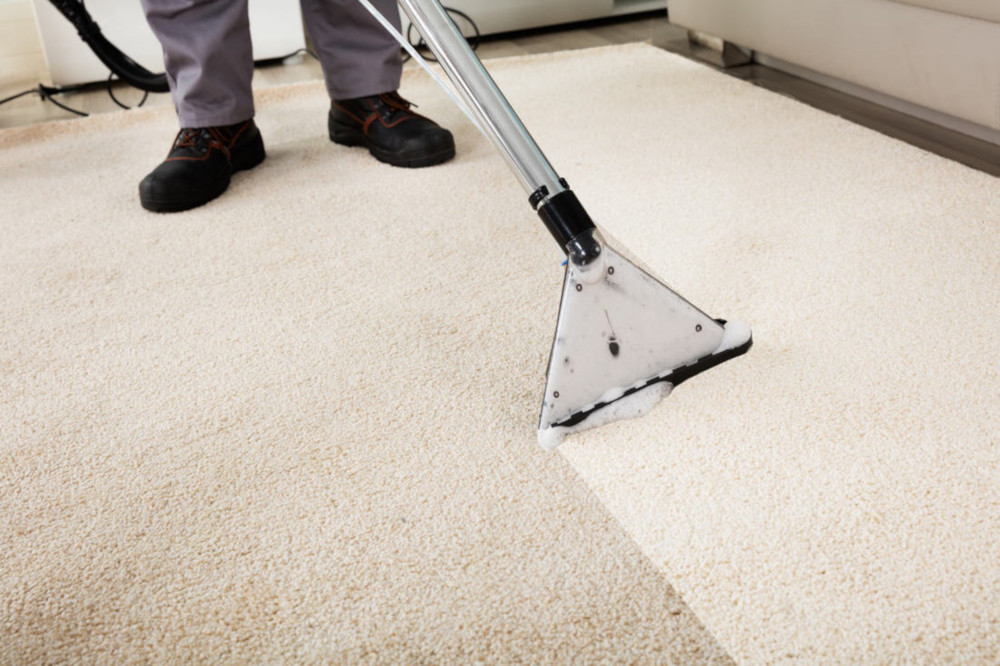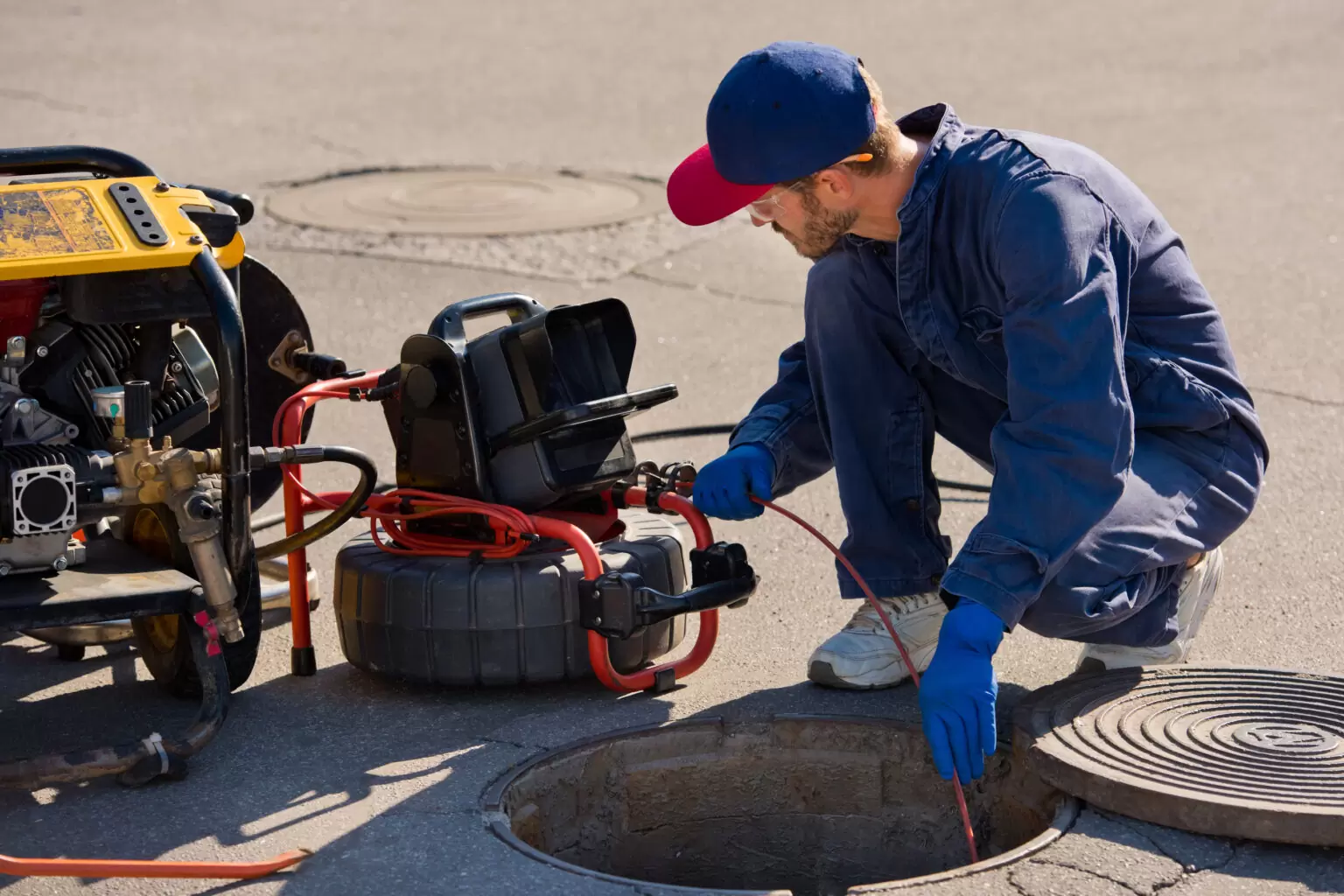
Trees That Cause the Most Damage to Sewer Lines
November 11, 2023
Trees are essential components of our ecosystem, providing us with shade, oxygen, and aesthetic beauty. However, certain tree species can pose a significant threat to our underground sewer systems. Tree roots, in their relentless pursuit of water and nutrients, can infiltrate and damage sewer lines, leading to costly repairs and potential health hazards.
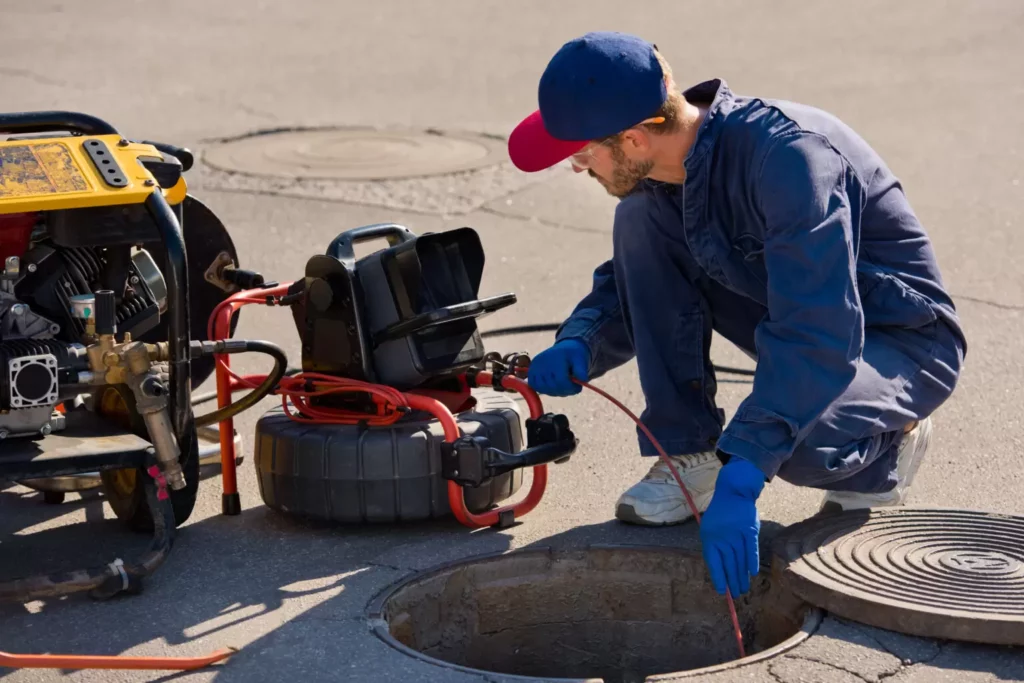
Content
Understanding the Root of the Problem
Tree roots are naturally attracted to the moisture and nutrients present in sewer lines, especially in areas with clay or compacted soil. As roots grow and expand, they can exert immense pressure on pipes, causing them to crack, break, or become misaligned. Over time, these damaged pipes can lead to blockages, leaks, and even sewage backups, creating a messy and unsanitary situation.
Identifying the Culprits
Not all trees are created equal when it comes to their impact on sewer lines. Some species are known to have aggressive root systems that are more prone to causing damage. Here are some of the trees that are most commonly associated with sewer line problems:
- Willows: With their thirsty nature and extensive root systems, willows are notorious for causing sewer line damage. Their roots can grow up to 30 feet long and penetrate even the most resistant materials.
- Elms: Elm trees are known for their deep taproots, which can extend far beyond the tree’s canopy. These roots can easily reach and damage sewer lines, especially in older neighborhoods with shallow pipes.
- Maples: Maple trees, particularly silver maples, have a reputation for aggressive root growth. Their roots can quickly spread out and invade sewer lines, causing blockages and leaks.
- Poplars: Poplars are fast-growing trees with extensive root systems that can quickly overwhelm sewer lines. Their roots are known to be particularly attracted to moisture, making them a hazard in areas with leaky pipes.
- Figs: Fig trees have aggressive root systems that can easily penetrate sewer lines and cause damage. Their roots can also grow through cracks and joints in pipes, further exacerbating the problem.
Prevention and Mitigation Strategies
While it may not always be practical to avoid planting certain trees altogether, there are steps you can take to minimize their impact on your sewer lines:
- Plan carefully: When planting trees, choose species that are known for their non-invasive root systems. Consider planting trees farther away from sewer lines, ensuring a safe distance of at least 10-15 feet.
- Regular root pruning: Regular root pruning can help keep tree roots under control and prevent them from encroaching on sewer lines. Professional arborists can safely and effectively prune tree roots without harming the tree itself.
- Use root barriers: Root barriers are physical barriers installed underground to deter tree roots from growing towards sewer lines. These barriers can be made from various materials, including plastic panels, metal mesh, or even trenching with gravel.
- Regular sewer line inspections: Proactive maintenance is key to preventing sewer line damage. Regular inspections by a qualified sewer specialist can identify early signs of root intrusion and allow for timely repairs.
Responding to Root-Related Sewer Problems
If you suspect that tree roots have caused damage to your sewer line, it’s important to seek professional help promptly. Sewer specialists can assess the extent of the damage, recommend the appropriate repair methods, and provide guidance on preventive measures.
Remember, addressing tree root-related sewer problems early on can save you from costly repairs and potential health hazards. By understanding the risks and taking proactive measures, you can protect your sewer system and maintain a healthy, environmentally friendly landscape.

Christine Kelley is a dedicated home blogger who has been blogging for over six years. She covers everything home related. Christine also loves writing posts about her travels to Europe with her husband and two children.





